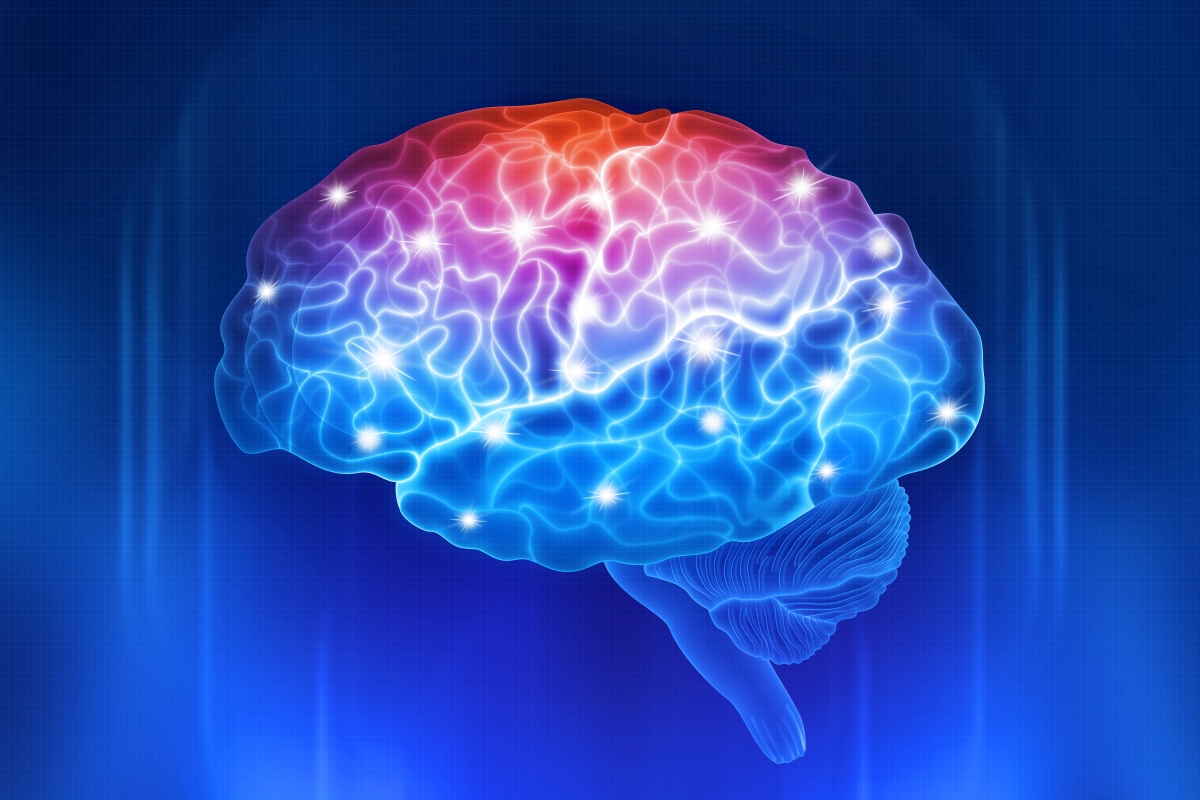A high-fat high-sugar diet in adolescent rats impairs social memory and alters chemical markers characteristic of atypical neuroplasticity and parvalbumin interneuron depletion in the medial prefrontal cortex (animal)
Reichelt et al. (2019) states that the high-fat and high-sugar (HFHS) diet is associated with changes in brain plasticity and emotional behaviors in humans. Since perineuronal nets [(PNNs) specialized extracellular matrix structures] are central to regulation of neuroplasticity in the medial prefrontal cortex (mPFC), this rat-based study examined the underlying involvement of PNNs and cortical plasticity in the mPFC in diet-evoked social behavior deficits (social recognition). Adolescent rats (28-56 days old) were started on a HFHS-supplemented diet, before being euthanized at 56 days old (along with the controls fed standard chow). Using dual fluorescence immunohistochemistry, co-localization of PNNs with PV neurons in the prelimbic (PrL) and infralimbic (IL) and anterior cingulate (ACC) subregions of the PFCs in the rats were examined. The results showed consumption of the HFHS diet led to a reduction in PV+ neurons and PNNs in the infralimbic (IL) region of the mPFC by -21.9% and -16.5%, respectively. While PV+ neurons and PNNs were not significantly decreased in the ACC or PrL, the percentage of PV+ and PNN co-expressing neurons was higher in all assessed regions of the mPFC in HFHS-fed rats (+33.7% to +41.3%). This finding showcases that the population of PV neurons remaining are those surrounded by PNNs, which may afford some protection against HFHS diet-induced mPFC-dysregulation. ΔFosB expression (also assessed as a measure of chronic activity and behavioral addiction marker) increased 5-10-fold (p < 0.001) in each mPFC region, supporting the hypothesis that a HFHS diet induces mPFC dysfunction and subsequent behavioural deficits. Reichelt et al. (2019) here revealed a potential neurophysiological mechanism and response to specific diet-evoked social recognition deficits as a result of hypercaloric intake in adolescence. [NPID: brain, Western-style diet, WS diet, brain plasticity, neuroplasticity, animal, animal study, HFHS]
Year: 2019
 Navigation
Navigation






